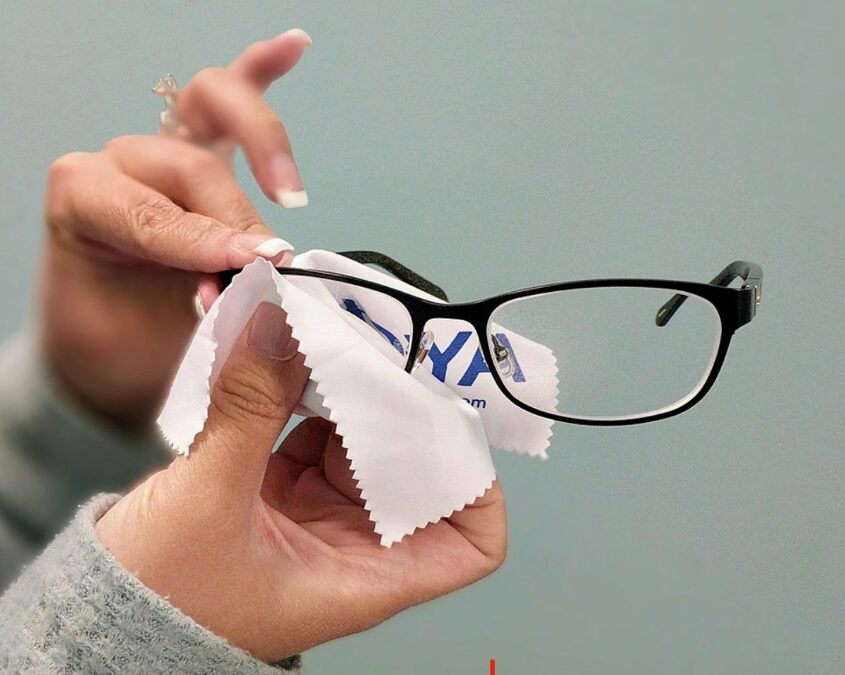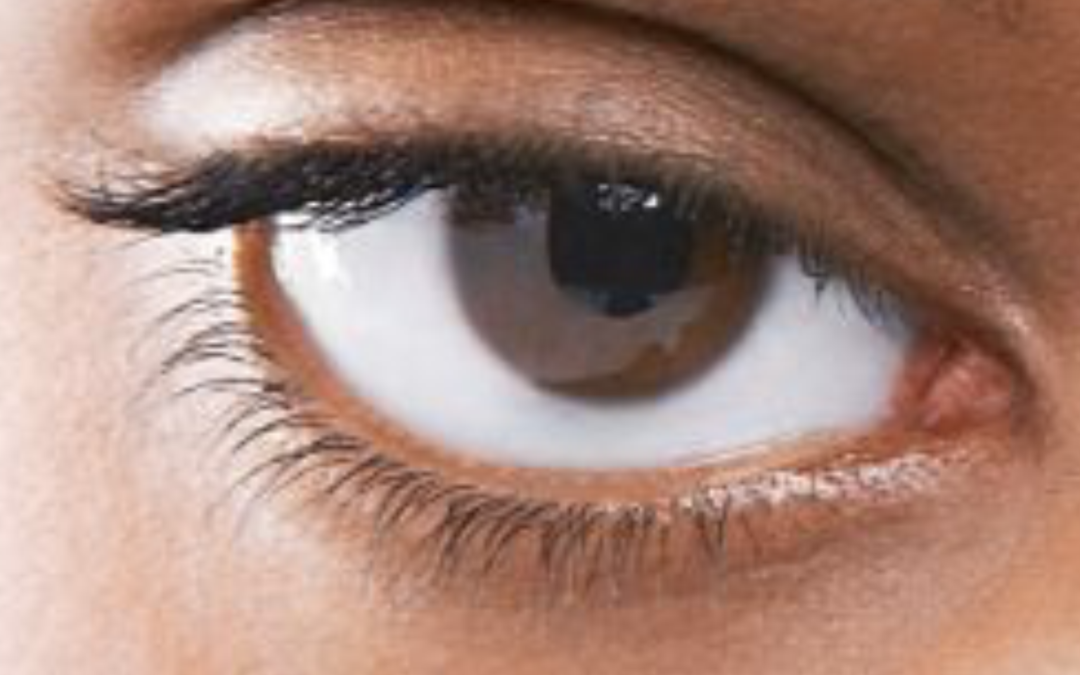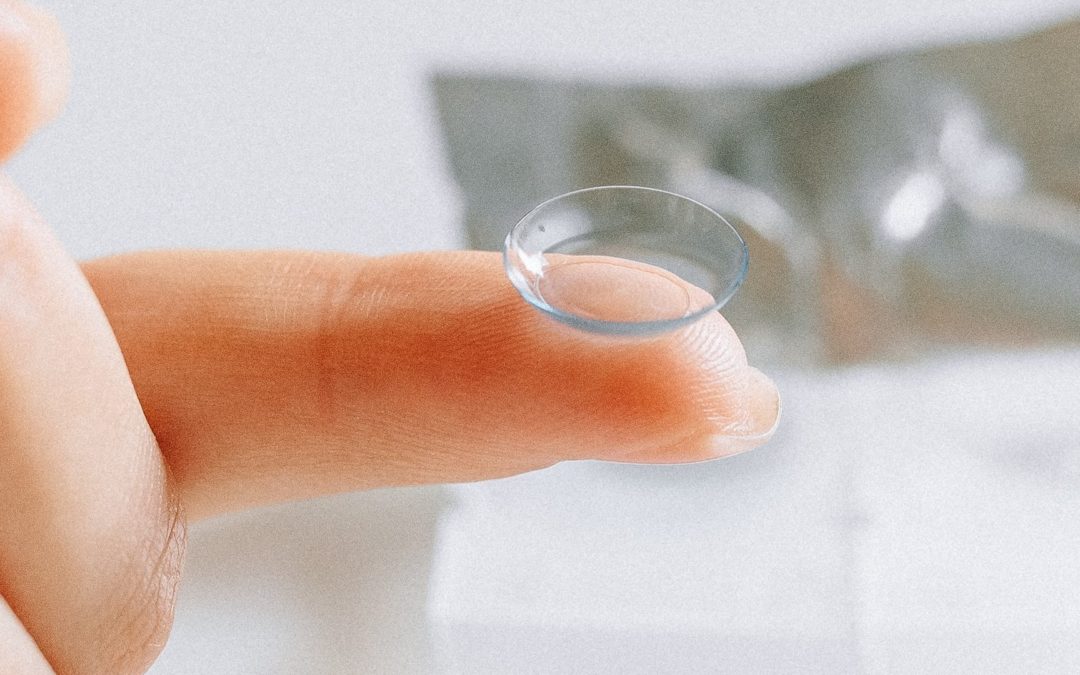If you desire bright and youthful-looking eyes, here are some of the factors that you need to know and do in order to enhance the appearance of your eyes
-Your health and eye condition
-Your diet
– Aging
– Sleep/rest
– Hydration
– Stress level
– Unhealthy habits or indulgences
– Your occupational environment
Your Health and Eye condition
Poor health condition or Chronic Illness can affect the appearance of your eyes. It makes your eyes look tired, gloomy and lose its bright natural appearance. This condition may range from diabetes, jaundice, constant fever to cancer, kidney, liver disease and severe sinusitis. Eye conditions such as chronic allergic conjunctivitis and dry eyes is often associated with itchy, gritty and burning sensation and therefore affects the youthful and natural appearance of the eyes.
Diet
The brightness and radiant appearance of your eyes, as it is with your skin depend to a large extent on your vitality, which among other factors depends on your diet. Food rich in vitamins and minerals are essentially good for the optimal function of your eyes and their bright appearance. These vitamins and minerals are found in most fruits and vegetables. Vegetables that are rich in Beta carotene are good for the eyes. Examples of these are carrots and pumpkin. It is advisable to regularly eat all types of fruits and vegetables. This will help slow down the oxidative effect of the aging process of the body and supply the body with minerals and vitamins necessary for the bright appearance of your eyes.
Age factor
Every part of the human body gradually deteriorates due to aging process and this not only affects the functionality of the eyes but also their vitality and appearance. This may not be a big concern for older people as it is for younger people – especially women that are beauty conscious.
Sleep/Rest
Due to the hustles and bustles of life and the need to make ends meet, most people don’t get enough sleep. Getting enough sleep relaxes the body and promotes healing process of the body. Adequate sleep helps rejuvenate and promote the vitality of the eyes. In other words, sleeplessness affect the vitality and general appearance of the eyes and as a result, the eyes look gloomy, tired, and drab. Adequate sleep is essential for the functionality and appearance of your eyes.
Hydration
Water is a vital component of the body. It makes up of 60% of the human body and is one of the things humans and most animals need to stay alive. Your eyes and every part of your body need water to function properly and remain healthy. The feeling of thirst and ‘urgent need’ to drink water is a clear indication that you are dehydrated.
Frequent or severe dehydration can affect the functionality and vitality of your eyes. This can affect tears production and could result to dry eyes and loss of the natural appearance of the eyes. In order for you to keep your eyes moisturized and maintain its natural ‘white’ sparkle, it is necessary to keep your body hydrated by constant intake of water at regular intervals and before you get thirsty. I will advise that you take water more than you eat food. Do not substituted water with a soft drink/soda.
Stress and Fatigue
There is no doubt that stress and fatigue can take a toll on the body and affects the functionality of the body : Stress weakens the body, affects metabolism, energy level, alertness, emotional stability and effects the appearance of the eyes. Stress and fatigue often result to tired, dull and gloomy-looking eyes. The only way to reverse this is to be mindful of your stress level and find ways to reduce or manage your stress level. Adequate night rest, exercise, having fun at your spare time, am sure, will help keep you relax.
Your Occupation/Work Environment
Constant exposure to certain work environments may affect the appearance of a worker’s eyes. Some of these work environments are hazardous to the eyes due to the presence of dust particles, harsh gaseous or chemical fumes, liquid splashes, flying particles etc.
Not only do these environment make the eyes prone to blunt ocular trauma, they often cause ocular discomfort and allergies. This irritates the eyes, make it water, itchy and red. And affect the natural appearance of the eyes of the workers. This is why a corporate office worker is more likely to have brighter eyes than a construction worker or local farmer who is exposed daily to environmental impurities.
Unhealthy habits
If you desire youthful and radiant, you must not indulge in habits that could compromise the appearance of your eyes. Some of these habits are – smoking of marijuana, excessive consumption of alcohol and the use of hard drugs. In addition to the emotional and psychological effect of these substances, they have physiological effect on the body. One of which is dilatation of the blood vessels and increased blood flow to various organs of the body. This causes red or blood-shot eyes and drooped lids.
What You Need To Do To Brighten Your Eyes
Being mindful of the above factors, if you desire bright and youthful looking eyes, I will advise that you (1) eat good diet, (2) make lifestyle changes, (3) drink water regularly, (4) have a good and adequate night rests (5) protect your eyes with safety goggles if you need to. However if you want a quick fix, you may want to use an eye drop.
These eye drops are often available as over-the-counter drops and a good way to quickly brighten-up your eyes to enhance its appearance. You may do this for that TV interview or special occasion. This is the secret of the clear, bright radiant eyes of most celebrities and TV stars. Yes! most of the celebrities you see on TV, social media and magazines use eye drops to brighten-up their eyes. You too can do the same. However I do not advise the use of these eye drops on daily basis and for prolonged period of time. You should know that these eye drops do not keep the eyes bright and clear for the entire day. The effect of the eye drops wears off after some hours, if another drop is not applied.
Written By;
Austin Madu, OD
Optometrist






Recent Comments